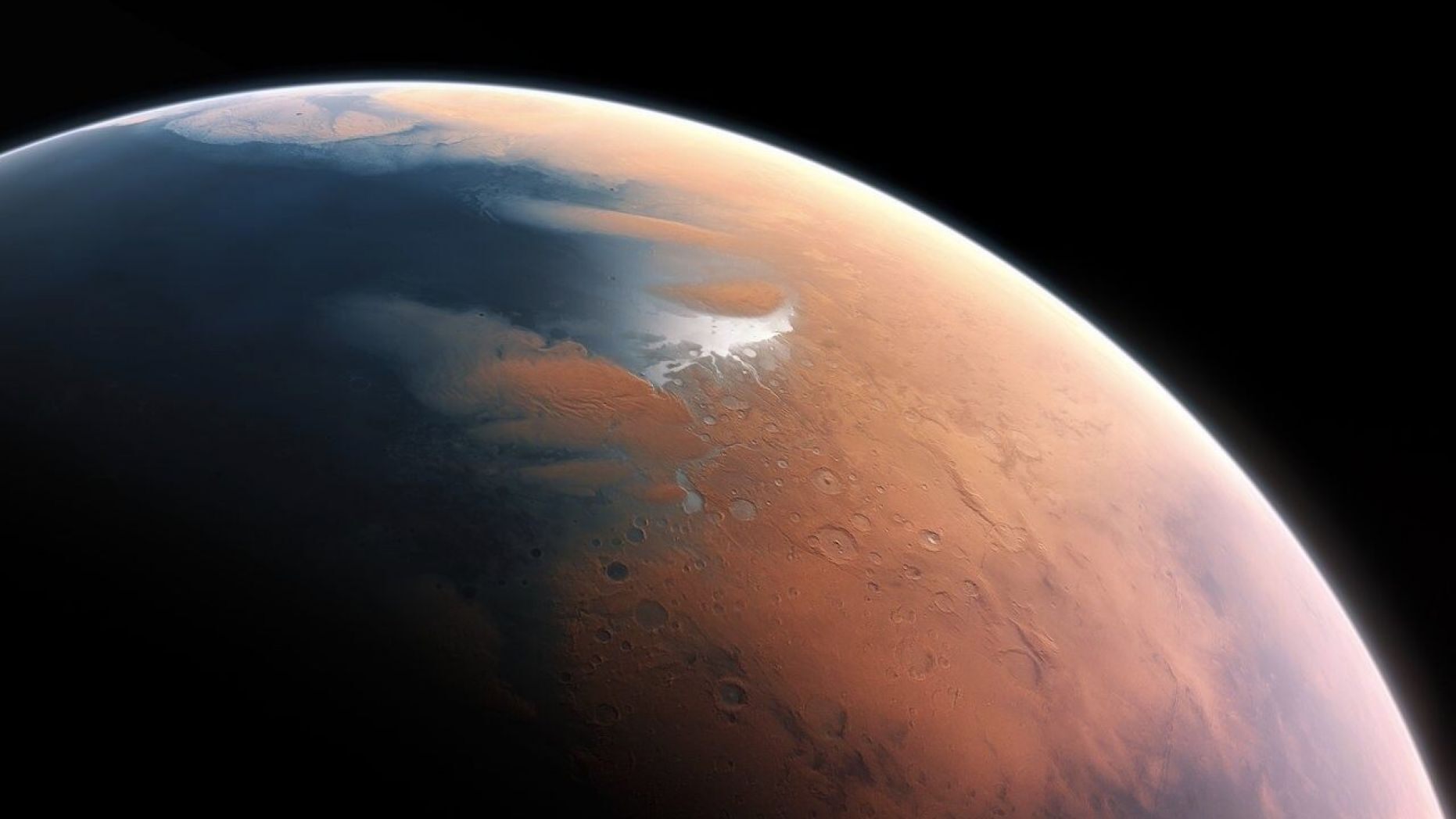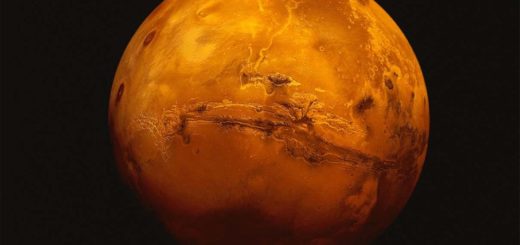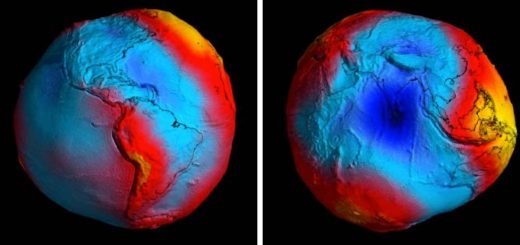Alien life possibly found on Mars in 1970s, ex-NASA scientist says

In a stunning op-ed, a former NASA scientist says he is convinced that the space agency “found evidence of life” on Mars in the 1970s.
In the article, Gilbert Levin, who worked on the Viking missions to the Red Planet during that decade, makes it clear that he believes data from the Labeled Release (LR) in 1976 was supportive of finding life.
“On July 30, 1976, the LR returned its initial results from Mars,” Levin wrote in the op-ed, entitled “I’m Convinced We Found Evidence of Life on Mars in the 1970s.”
“Amazingly, they were positive. As the experiment progressed, a total of four positive results, supported by five varied controls, streamed down from the twin Viking spacecraft landed some 4,000 miles apart.”
This artist’s impression shows how Mars may have looked about 4 billion years ago when almost half the planet’s northern hemisphere could have been covered by an ocean up to a mile (1.6 kilometers) deep in some places.
This artist’s impression shows how Mars may have looked about 4 billion years ago when almost half the planet’s northern hemisphere could have been covered by an ocean up to a mile (1.6 kilometers) deep in some places. (ESO/M. Kornmesser)
NASA: ANCIENT MARS OASIS COULD HAVE SUPPORT LIFE
He continued: “The data curves signaled the detection of microbial respiration on the Red Planet. The curves from Mars were similar to those produced by LR tests of soils on Earth. It seemed we had answered that ultimate question.”
The LR, which was led by Levin, took samples of Martian soil that contained organic compounds and looked for carbon dioxide. Astonishingly, the results seemed to indicate that the carbon dioxide was “being regenerated, possibly by microorganisms as on Earth.”
Fox News has reached out to NASA for comment for this story.
However, Levin seemed to criticize the space agency for not following up on the LR findings, even if NASA concluded that it “found a substance mimicking life, but not life.”
“Inexplicably, over the 43 years since Viking, none of NASA’s subsequent Mars landers has carried a life detection instrument to follow up on these exciting results,” he continued. “Instead the agency launched a series of missions to Mars to determine whether there was ever a habitat suitable for life and, if so, eventually to bring samples to Earth for biological examination.”
NASA has made subsequent visits to Mars, including the InSight lander, which landed in November 2018. The Curiosity rover, which has been on Mars since August 2012, detected a surprising spike in the level of methane that it has not yet been able to explain.
Last November, NASA announced that it had picked a landing spot for its upcoming Mars 2020 mission, a rover that will not include “a life-detection test,” Levin wrote.
“With our current measurements, we have no way of telling if the methane source is biology or geology, or even ancient or modern,” said SAM Principal Investigator Paul Mahaffy of NASA’s Goddard Spaceflight Center in a June statement. On Earth, methane is produced both biologically and geologically.
Levin pleaded for the space agency to put “life detection experiments on the next Mars mission possible” to be more precise in their hunt for life, but in also keeping “with well-established scientific protocol.” He also wants an independent group of scientists to review the Viking LR data.
“Such an objective jury might conclude, as I did, that the Viking LR did find life,” Levin concluded. “In any event, the study would likely produce important guidance for NASA’s pursuit of its holy grail.”



 Creators of mankind
Creators of mankind Description of “Tall white aliens”
Description of “Tall white aliens” Where they came from?
Where they came from? About hostile civilizations
About hostile civilizations The war for the Earth
The war for the Earth “Tall white aliens” about eternal life
“Tall white aliens” about eternal life Video: “Nordic aliens”
Video: “Nordic aliens” Aliens
Aliens Alien encounters
Alien encounters The aliens base
The aliens base UFO
UFO Technology UFO
Technology UFO Underground civilization
Underground civilization Ancient alien artifacts
Ancient alien artifacts Military and UFO
Military and UFO Mysteries and hypotheses
Mysteries and hypotheses Scientific facts
Scientific facts


















